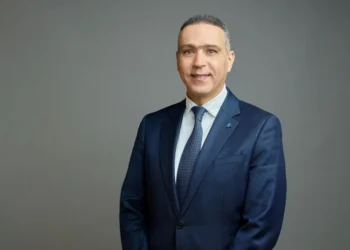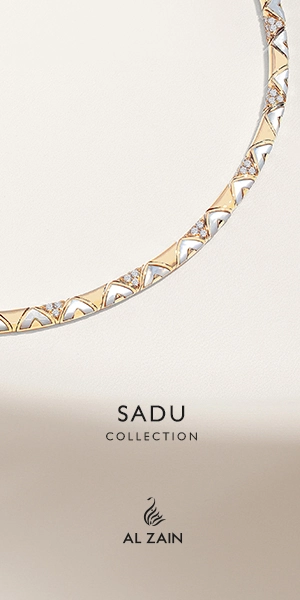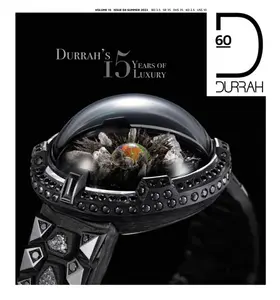Your career has spanned decades of research in regenerative medicine. What was the pivotal moment that inspired you to translate your findings into skincare?
I worked with burn victims, particularly children, for many years. At one point, I was told that if no one was interested in my medical research, perhaps I should develop a skincare product that could reduce wrinkles—maybe then I would find success. That idea ultimately helped fund my medical research.
TFC8 is at the heart of your skincare line. Can you explain the science behind this complex and how it differs from other growth factor- or stem cell-based skincare products?
The concept is based on self-healing. Contrary to common belief, you don’t need to transplant stem cells—your body already has billions of them. However, over time, our ability to use these cells diminishes, much like a car losing its efficiency as it ages. Stem cells have an autonomous decision-making process; they determine how to repair and regenerate. What I discovered is that by providing the right information to our cells, we can reactivate the skin’s natural ability to heal. This process is governed by epigenetics—the external factors influencing gene expression. Our approach focuses on identifying the epigenetic regulators that enhance skin repair and overall body function.
Your brand has been incredibly successful and has garnered numerous awards. What do you attribute this to, beyond the efficacy of the products themselves?
The success comes from the fact that the products truly work. Unlike many other skincare lines that introduce new exotic plants or trendy ingredients, our approach is rooted in medical science. The formulation is biomimetic—it addresses inflammation and supports the skin’s intrinsic healing mechanisms, something that very few products can do effectively.
Many skincare brands focus on specific ingredients, yet your approach is holistic. Why did you choose to prioritize the skin’s natural renewal process?
It was a natural progression from my research. The innovation lies in translating scientific discoveries into consumer products that support the body’s natural regenerative abilities.
What was the biggest challenge you faced in bringing TFC8 from the lab to a commercial skincare product?
The main challenge was stability. In wound healing, you can apply molecules directly to an open wound, allowing them to be absorbed. However, in skincare, creating a formulation that remains effective over time, maintains its stability, and provides consistent results is incredibly complex. Ensuring a long shelf life while keeping the formulation clean and effective required extensive research and development.
Your brand is known for its commitment to clean formulations. How do you think this has influenced the skincare industry?
We’ve played a role in shifting the industry towards cleaner, more effective formulations. By prioritizing purity and efficacy, we have set a new standard for skincare products.
How do you see the future of regenerative skincare evolving, and what role will your brand play in shaping that future?
The future of skincare lies in cellular communication and skin health. We are at the forefront of this research and will continue to push the boundaries of what’s possible. Over time, I believe the entire industry will move in this direction, but we have a head start with our scientific knowledge and ongoing research.
If you could share one piece of advice for aspiring scientists or entrepreneurs looking to make a difference, what would it be?
Believe in yourself.
































































